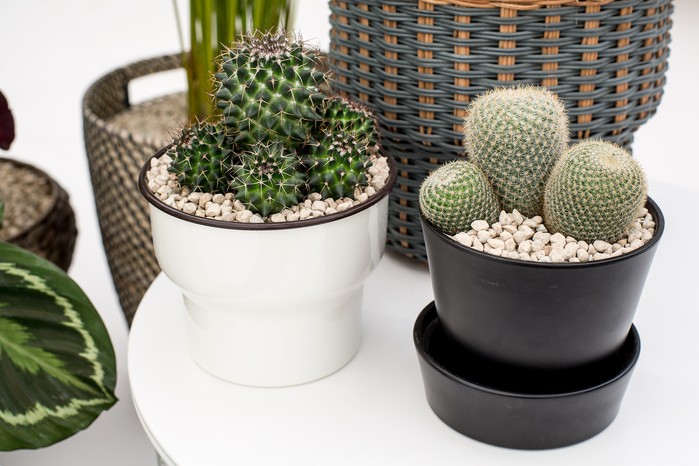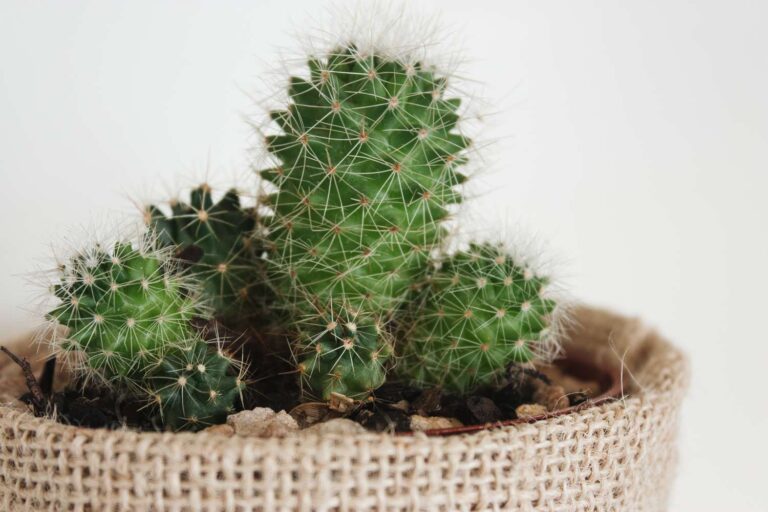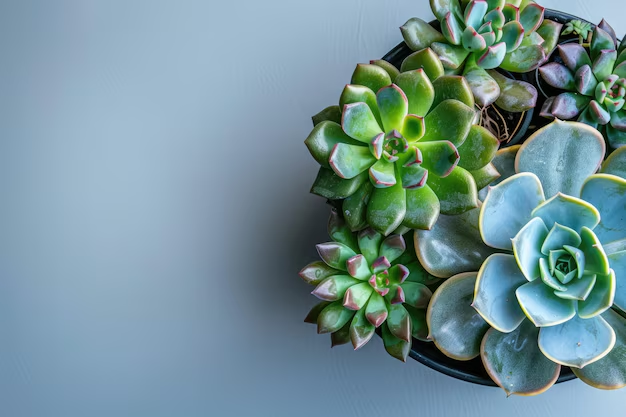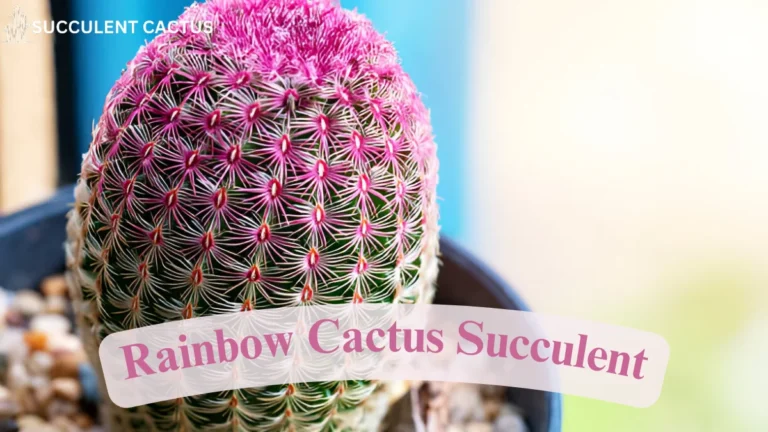How to Care for Cactus: Expert Tips for Long-Lasting, Beautiful Plants

Cacti are some of the most unique and resilient plants you can grow, whether indoors or outdoors. Their striking appearance, often accompanied by vibrant flowers, makes them a popular choice for gardeners and plant lovers. If you’re wondering how to care for cactus, you’re not alone. These plants are relatively low-maintenance, but there are still certain care guidelines that must be followed to ensure they thrive.
In this guide, we’ll answer the common question, how to care for cactus, and provide expert tips for maintaining these long-lasting and beautiful plants. From watering techniques to optimal sunlight, we’ll cover all the essential care practices needed to keep your cactus healthy and thriving for years.
What Is a Cactus?
Before delving into the specifics of how to care for cactus, it’s important to understand what makes a cactus unique. Cacti are succulent plants that have adapted to survive in dry, arid environments. Unlike most plants, cacti store water in their stems, which allows them to survive long periods without water.
Cacti come in a variety of shapes and sizes, with spines that protect them from animals and intense sunlight. Despite their tough exterior, they require a bit of special attention when it comes to care. Now, let’s dive into the details of how to care for cactus plants.
Key Factors in Cactus Care
1. Choosing the Right Pot for Your Cactus
The first step in how to care for cactus is selecting the right pot. Cacti need well-draining pots to ensure water doesn’t accumulate and lead to root rot. Look for a pot with drainage holes, and avoid using containers without them.
While most cactus species will thrive in a terracotta pot due to its breathability, plastic or ceramic pots can work as well. Just ensure that the material you choose allows the plant to breathe and prevents moisture buildup. It’s also important to select a pot that is slightly larger than your cactus’ root ball, as this will encourage healthy root growth.
2. Light Requirements for Cactus Plants
Cacti thrive in bright, direct sunlight. One of the most important aspects of how to care for cactus is ensuring they get plenty of light. Ideally, place your cactus in a location where it can receive full sun for at least 6 hours a day.
If you’re growing a cactus indoors, a south- or west-facing window is the best place to place your cactus. If your cactus appears stretched out or its color becomes pale, it may not be getting enough light. However, excessive exposure to direct sunlight can cause sunburn, so be mindful of the plant’s needs.
3. Watering: The Most Critical Step in Cactus Care
One of the most common mistakes when learning how to care for cactus is overwatering. Cacti are drought-tolerant plants that need little water compared to most plants. Overwatering is a surefire way to damage your cactus, leading to root rot and other health issues.
To ensure proper watering, let the soil dry out completely between waterings. During the growing season (spring and summer), water your cactus once every two weeks. During the dormant period (fall and winter), reduce watering significantly, as the plant’s water needs decrease. Always water thoroughly, but never let the cactus sit in standing water.
4. Temperature and Humidity Needs
Cacti are adapted to warm, dry environments and prefer temperatures ranging between 70°F to 100°F (21°C to 38°C) during the growing season. During the winter months, they can tolerate cooler temperatures, but they should never be exposed to freezing conditions.
When considering how to care for cactus in terms of temperature, avoid placing your cactus in a location with drastic temperature fluctuations, such as near an air conditioner or a heater. These temperature extremes can stress the plant and affect its growth.
Additionally, cacti thrive in low-humidity environments. They are better suited to dry indoor air and will not tolerate high humidity levels, which can lead to fungal issues or rot.
Soil Type for Cactus Care
The soil is another key factor when learning how to care for cactus. Cacti prefer well-draining soil that mimics the arid conditions of their native environments. Regular potting soil tends to retain too much moisture, which can lead to root rot.
To create the ideal soil mix for your cactus, use a combination of potting soil, sand, and perlite. A cactus or succulent-specific potting mix is also a great choice, as it ensures the right balance of drainage and nutrients. If you’re planting cacti outdoors, consider using a sandy or gravelly soil mixture to improve drainage.
How to Fertilize Cacti
Cacti do not require frequent fertilization. However, to promote healthy growth, how to care for cactus includes feeding them during the growing season. Use a balanced, diluted cactus fertilizer during the spring and summer months. Avoid fertilizing during the fall and winter when the plant is in its dormant phase.
Over-fertilizing your cactus can result in weak growth, so always follow the instructions on the fertilizer packaging. Apply the fertilizer once every month during the growing season, but reduce or stop fertilizing in the winter.
Repotting Cacti: When and How
Knowing how to care for cactus also means knowing when and how to repot your cactus. Cacti grow slowly, but they do need occasional repotting to ensure their roots have enough space to grow. Repotting is typically needed every 2 to 3 years, or when the cactus outgrows its pot.
To repot your cactus, carefully remove it from the current pot, being cautious of the sharp spines. Check the roots for any signs of rot or disease, and trim off any unhealthy portions. Transfer the cactus into a new pot that is one size larger, and fill it with fresh, well-draining soil.
Common Problems with Cactus and How to Fix Them
1. Yellowing or Drooping Cactus
If your cactus is turning yellow or drooping, it may be an indication of overwatering. When how to care for cactus is not followed properly, excessive moisture can cause the plant to become stressed. Make sure the cactus is not sitting in standing water and that the soil is well-draining.
2. Spotted or Mushy Spots on Cactus
Mushy or discolored spots on a cactus can indicate fungal infections or rot caused by overwatering. If you notice such spots, remove the affected area and allow the plant to dry out. Reduce watering and ensure the cactus gets proper airflow and sunlight.
3. Pests on Cactus
While cacti are generally pest-resistant, they can occasionally fall victim to pests like mealybugs or scale insects. To protect your cactus, inspect it regularly for pests. Use a cotton swab dipped in rubbing alcohol to remove pests, or treat your cactus with an insecticidal soap.
How to Propagate Cactus
Propagation is a fun and easy way to grow more cacti. How to care for cactus in terms of propagation involves two main methods: from seeds or offsets.
1. Propagating from Offsets:
Many cacti, like the prickly pear, produce offsets or “pups” that can be separated and replanted. Gently remove the offset and let it dry for a few days before planting it in well-draining soil.
2. Propagating from Seeds:
You can also grow new cacti from seeds. Cactus seeds should be planted in a shallow container with cactus mix and kept in a warm, sunny location. Water lightly and maintain a temperature of 70°F to 85°F (21°C to 29°C) for the seeds to germinate.
Conclusion: How to Care for Cactus
In summary, how to care for cactus involves providing them with the right amount of sunlight, water, and temperature conditions. Cacti are resilient plants that can thrive with minimal care if their basic needs are met. By following these expert tips, you can enjoy healthy, beautiful cacti that will last for years.
Remember, the key to successful cactus care lies in understanding their specific requirements and avoiding common mistakes like overwatering or poor soil drainage. With the right care, your cactus will remain an eye-catching addition to your home or garden.






